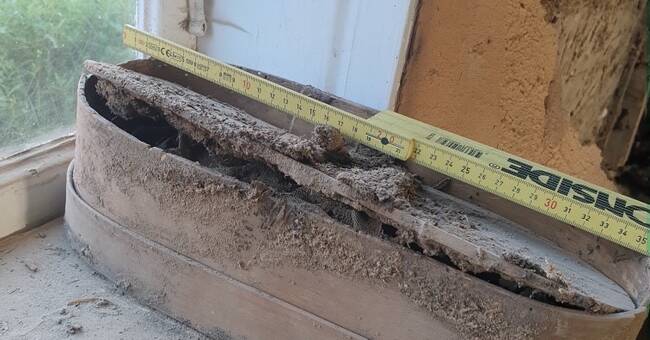- The only thing we could see was that it was an old skeleton, says Kanar Alkass, researcher at the National Board of Forensic Medicine / Karolinska Institutet.
The child lived somewhere between the end of the 18th century and the end of the 19th century.
Something that DN and P4 Uppland previously reported on.
It is the so-called Carbon-14 method that has been used to time the skeleton.
All living beings take up Col-14 during life.
By measuring the amount left in the skeleton, it is possible to calculate the approximate age.
Exciting work
- It has been exciting to do such an examination of a skeleton that has been in an old house, says Kanar Alkass, who defended his dissertation on determining the age of people by studying their teeth.
What happens to the skeleton now?
It is located at the forensic medicine unit in Uppsala.
I do not know where it will go then.
It's a matter for and the forensic pathologist and the police.

